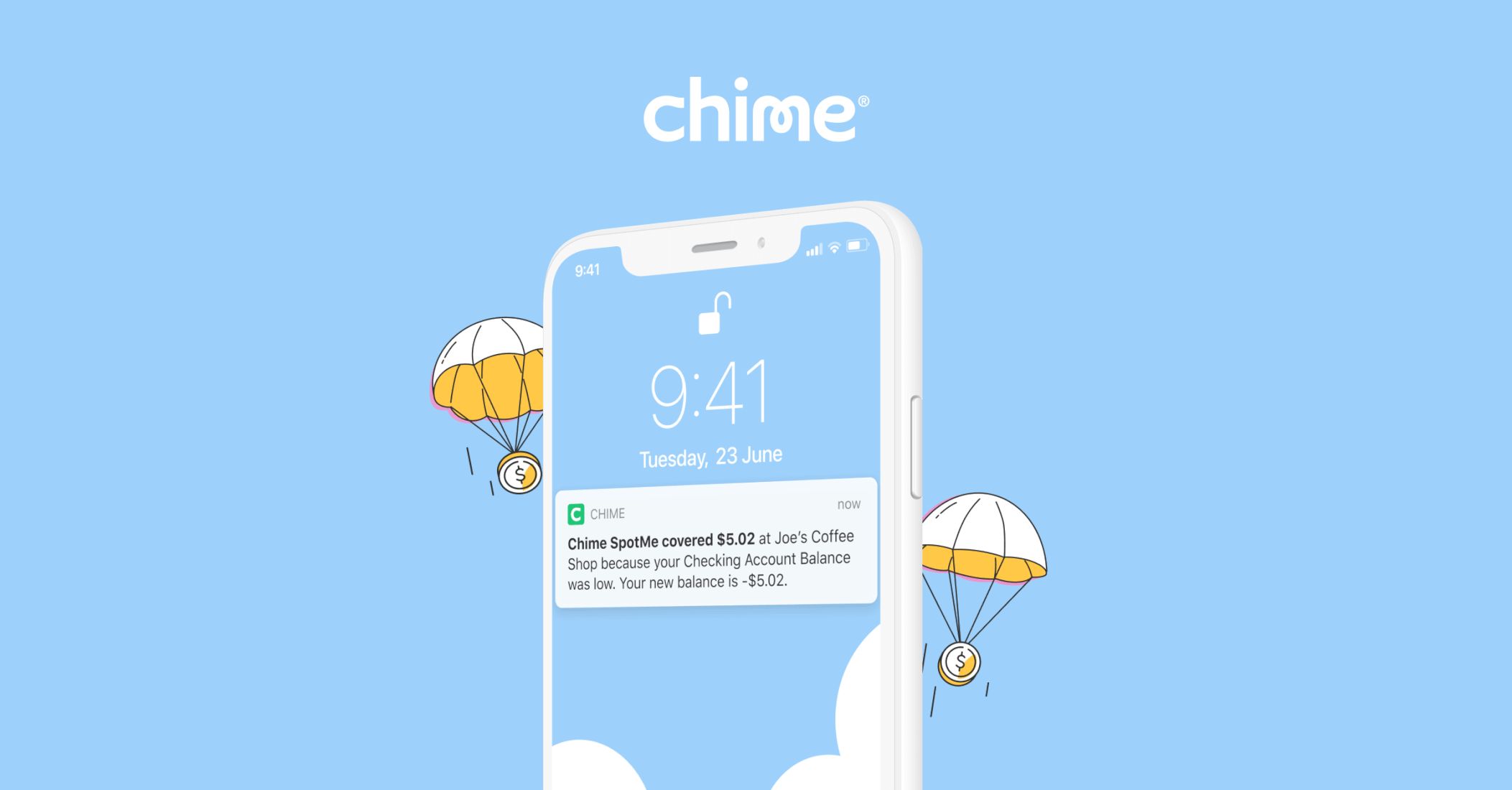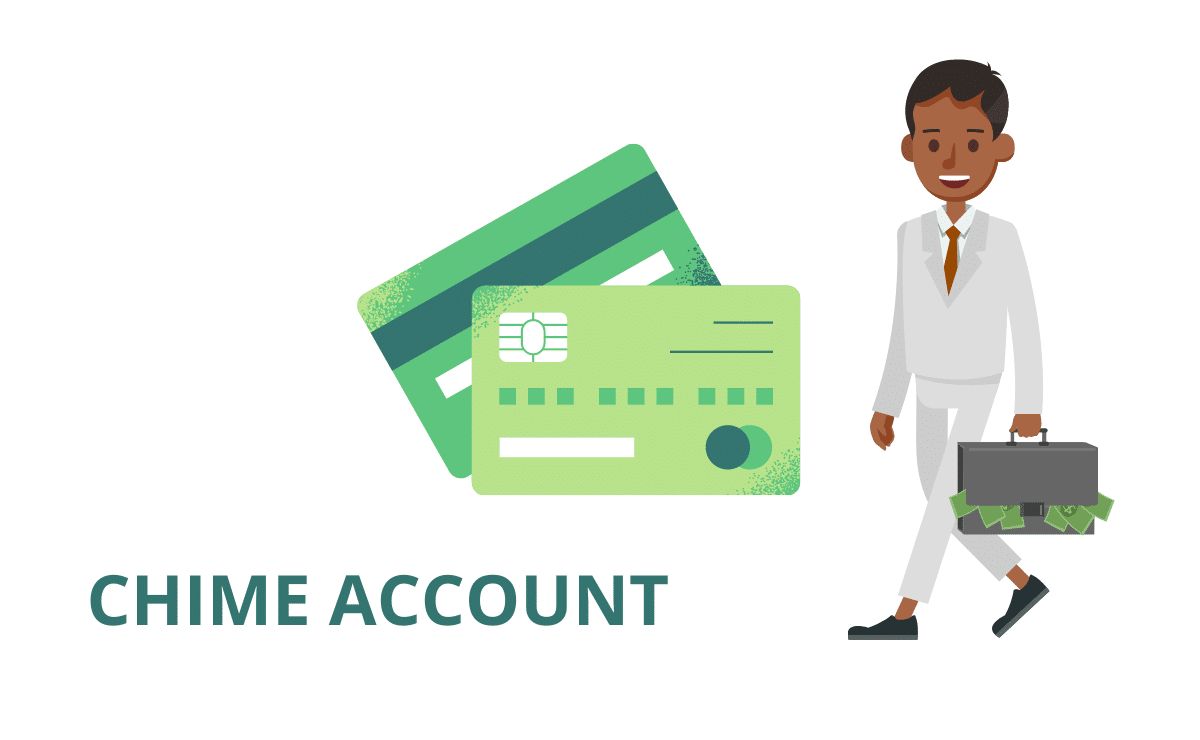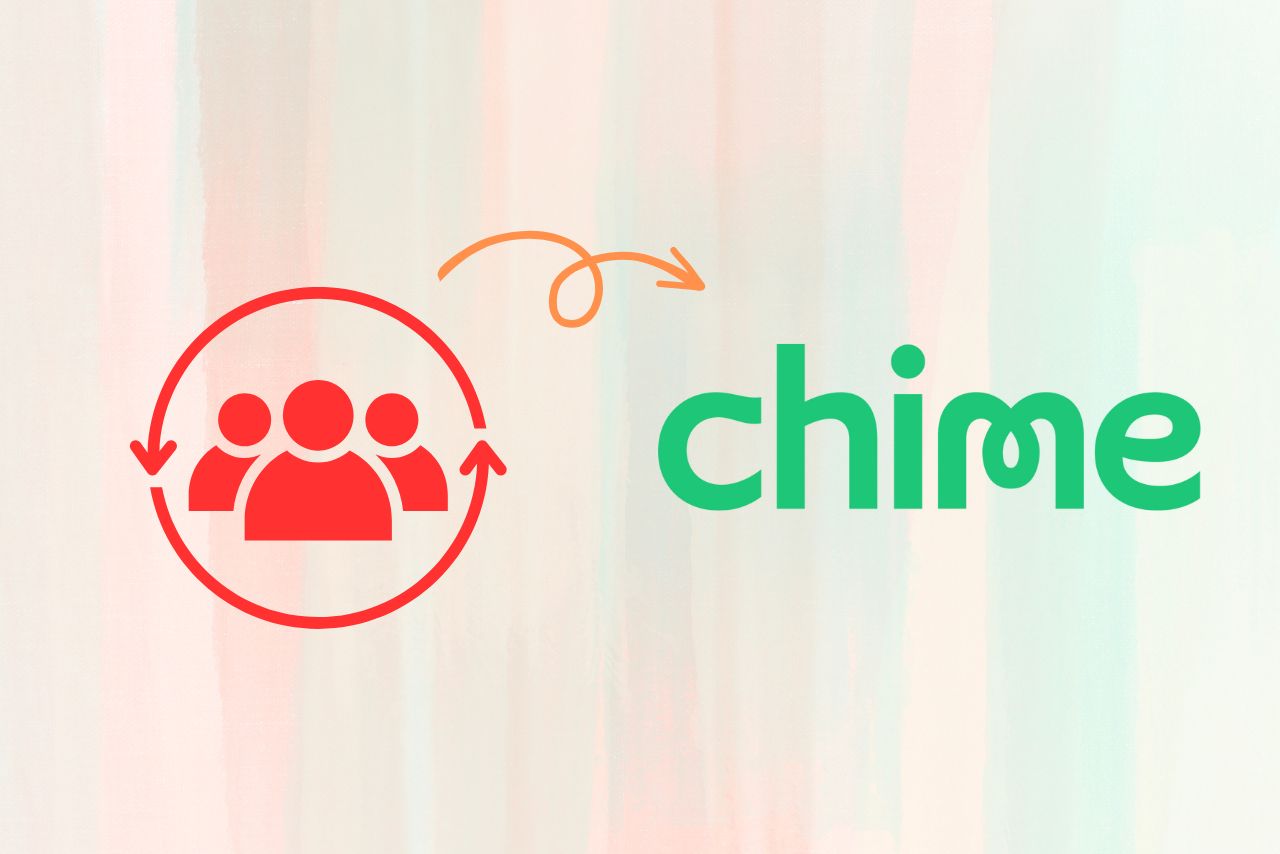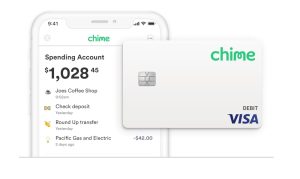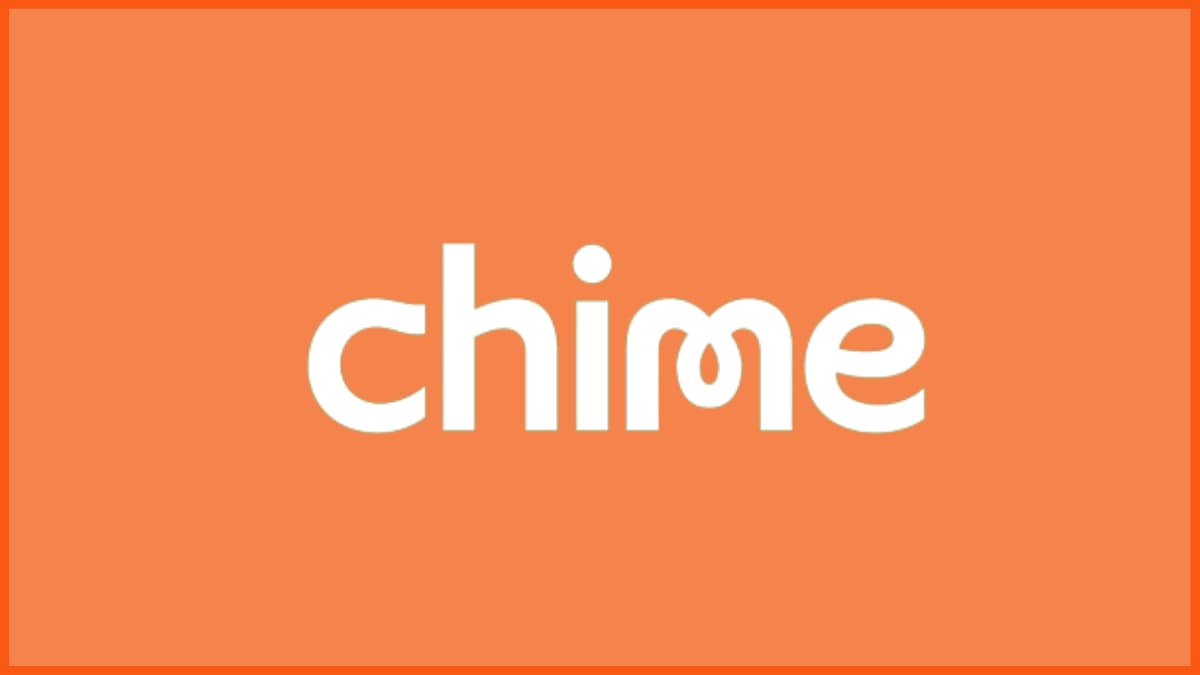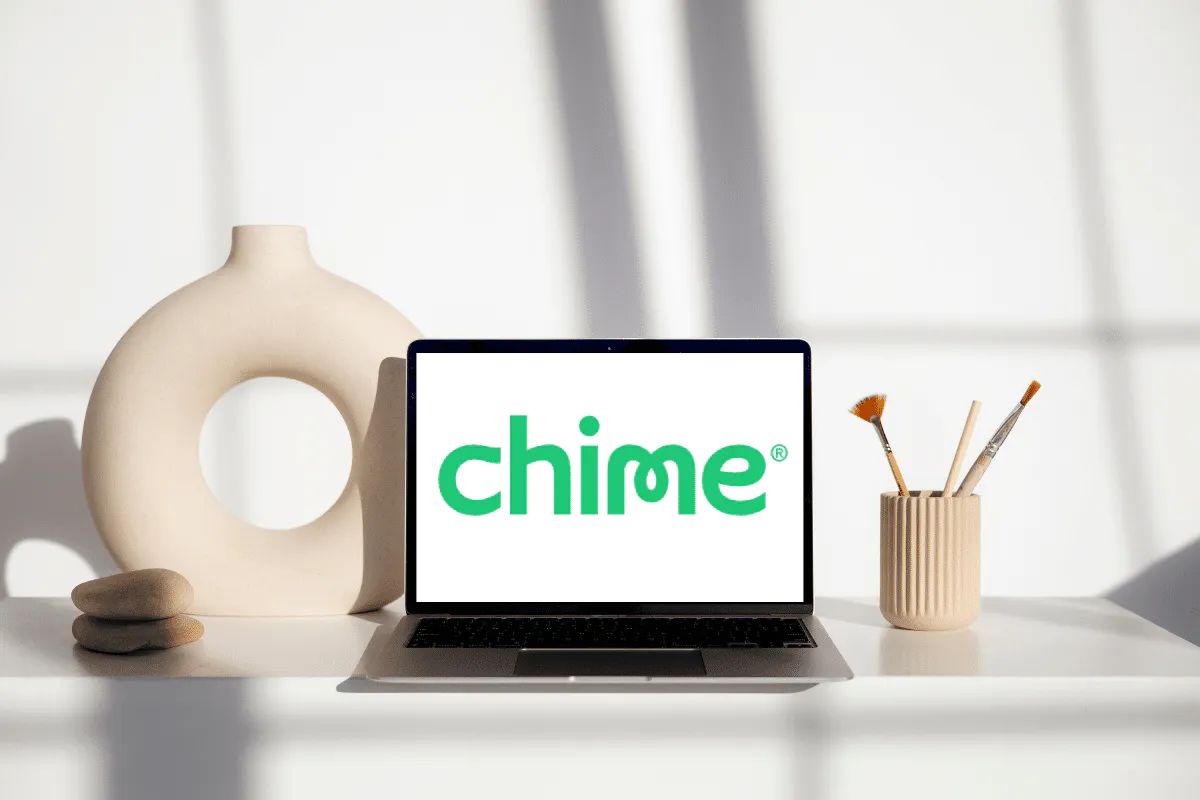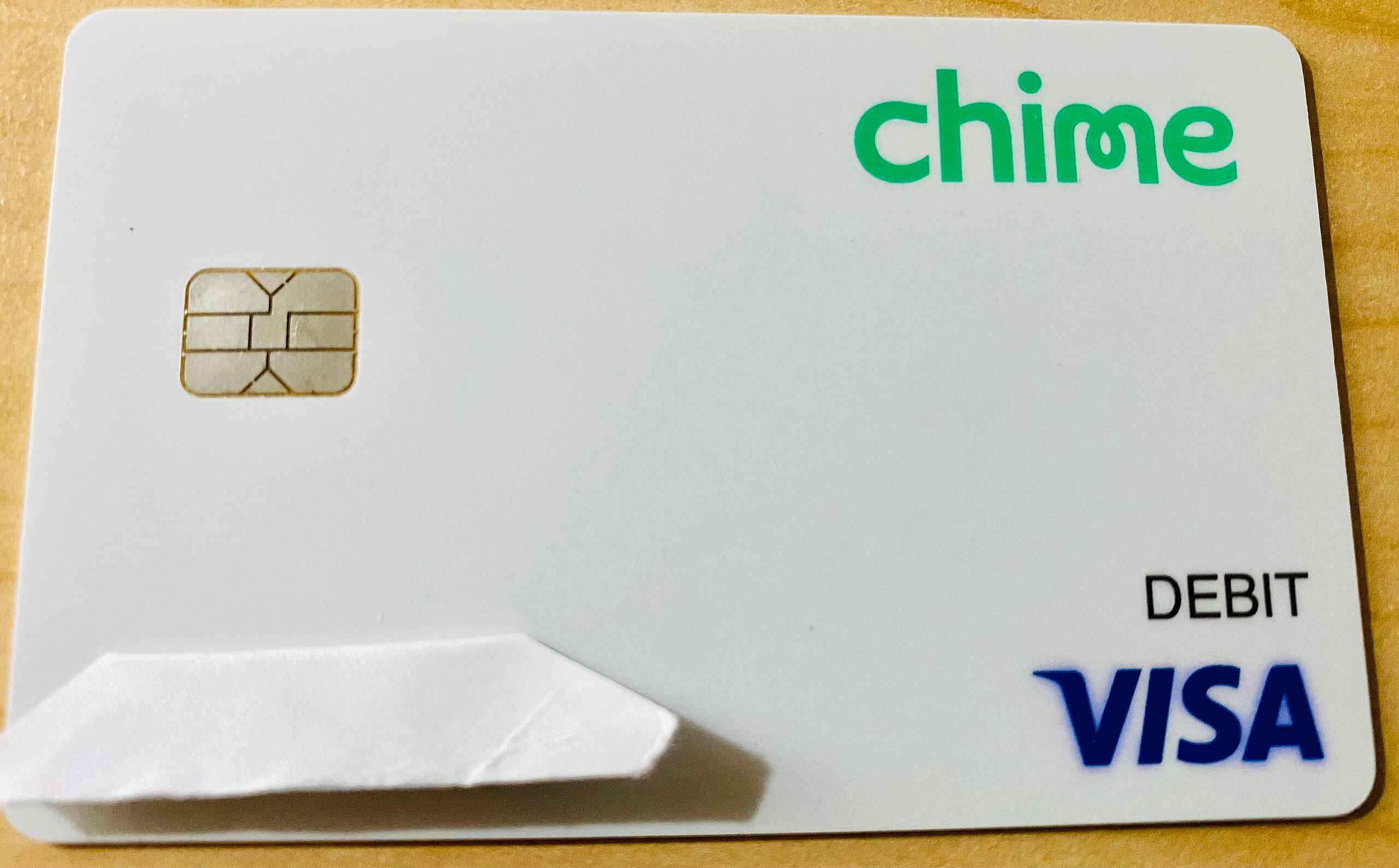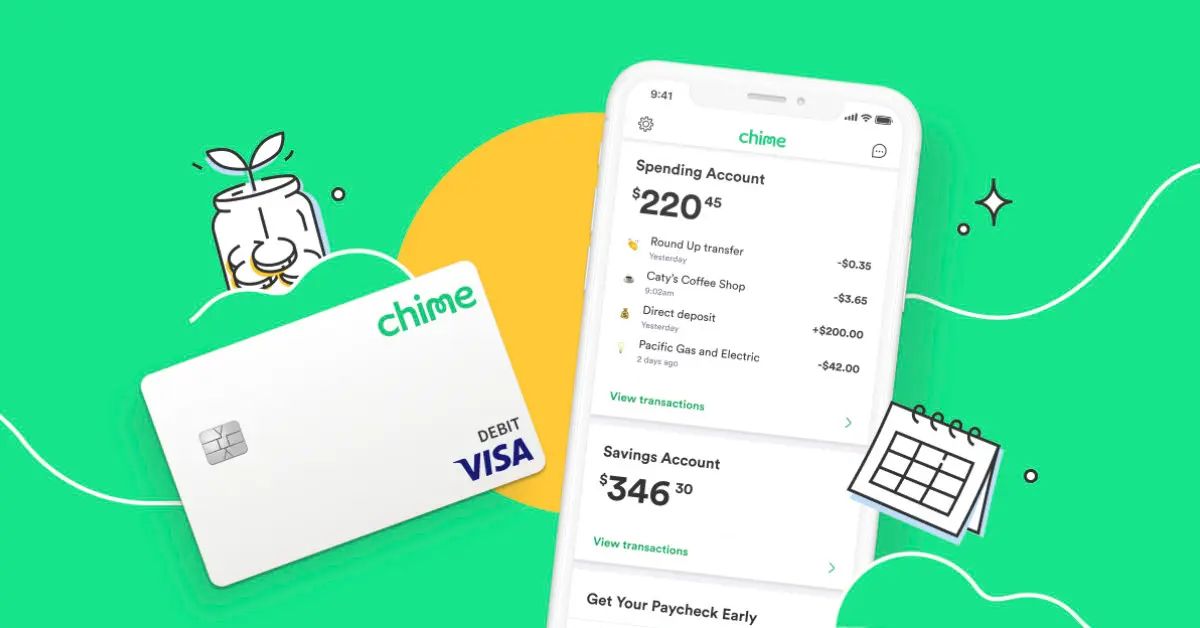Introduction
Welcome to our comprehensive guide on how to overdraft your Chime card. If you’re wondering what a Chime card is and how you can successfully overdraft it, you’ve come to the right place. In this article, we will provide you with all the information you need to understand Chime cards, overdrafts, and the steps to overdraft your Chime card effectively.
Chime is a modern financial technology company that offers online banking services. With a Chime card, you can enjoy the convenience of a traditional debit card while also benefiting from the features and advantages that come with online banking. It provides real-time transaction alerts, early access to direct deposits, and a user-friendly mobile app for easy account management.
An overdraft occurs when you spend more money than you have available in your bank account. Typically, this would result in declined transactions or costly overdraft fees from traditional banks. However, Chime offers a unique overdraft feature called SpotMe, which allows eligible members to overdraft their Chime card without incurring any fees.
There are different types of overdraft protection available in banking, but Chime’s SpotMe is a standout option. With SpotMe, Chime members can overdraft their accounts up to a certain limit without paying any fees. It provides a safety net for unexpected expenses and helps you avoid the hassle of declined transactions.
In this guide, we will walk you through the Chime card’s overdraft policy, how to qualify for SpotMe, and the steps to overdraft your Chime card effectively. However, it’s essential to be cautious and use overdrafts responsibly to avoid potential financial consequences.
What is a Chime Card?
A Chime card is a debit card issued by Chime, a popular online banking platform. It functions like a traditional debit card, allowing you to make purchases, withdraw cash, and manage your funds conveniently. The Chime card is linked to your Chime online banking account, providing you with real-time access to your finances and transaction history.
One of the key advantages of using a Chime card is its seamless integration with the Chime mobile app. This app allows you to monitor your account activity, receive instant transaction alerts, and manage your money on-the-go. You can easily check your account balance, transfer funds, and even block your card if it gets misplaced or stolen.
Chime cards are beneficial for several reasons. First, they eliminate the need to carry cash, providing you with a secure and convenient payment solution. Additionally, Chime cards allow you to make purchases online, in stores, or even through contactless payment methods like Apple Pay or Google Pay.
Chime cards offer another significant advantage: fee-free banking. Unlike traditional banks that often charge various fees, Chime takes a different approach. Chime aims to provide a more affordable and accessible banking experience for its customers by minimizing fees. With Chime, you won’t encounter fees for monthly maintenance, overdrafts (with certain conditions), or using ATMs within the MoneyPass network.
Furthermore, Chime offers an innovative feature known as “Round-Up.” When you make a purchase using your Chime card, the transaction amount is rounded up to the nearest dollar. The spare change is then automatically transferred from your spending account to your savings account. This “Round-Up” feature helps you save money effortlessly without even thinking about it.
Overall, the Chime card is a powerful tool for managing your finances. It combines the convenience of a traditional debit card with the advantages of online banking, offering features like real-time alerts, fee-free banking, and easy account management through the Chime mobile app.
What is an Overdraft?
An overdraft occurs when you make a transaction that exceeds the available funds in your bank account. In simple terms, it’s spending more money than you have. This can happen with both checking and savings accounts, although overdrafts are more commonly associated with checking accounts.
Traditionally, if you attempt to make a purchase or payment that exceeds your account balance, the transaction is declined, and you may be charged an overdraft fee by your bank. However, some banks offer overdraft protection programs that allow you to make transactions even if you have insufficient funds, but these programs often come with hefty fees.
Chime, on the other hand, offers a unique overdraft feature called SpotMe, which provides eligible members with fee-free overdraft protection. With SpotMe, Chime members can overdraft their Chime cards up to a certain limit without being charged any fees.
Overdrafts can be useful in certain situations, such as when unexpected expenses arise or to cover short-term cash flow issues. However, it’s important to be mindful of your spending and use overdrafts responsibly. While SpotMe allows you to overdraft without fees, it’s still a form of borrowing money that needs to be repaid.
It’s crucial to note that overdrafts should not be relied upon as a long-term financial solution. Consistently overdrafting your account can lead to a cycle of debt and financial instability. It’s best to have a solid budget in place, track your spending, and maintain a healthy balance in your bank account to minimize the need for overdrafts.
In summary, an overdraft occurs when you spend more money than you have available in your bank account. While traditional banks often charge hefty fees for overdrafts, Chime provides fee-free overdraft protection through SpotMe for eligible members. Overdrafts can be useful for short-term financial needs but should be used responsibly and not relied upon as a long-term solution.
Types of Overdraft Protection
Overdraft protection is a service provided by banks to help customers avoid declined transactions and costly fees when they have insufficient funds in their accounts. Different banks offer various types of overdraft protection, each with its own features and requirements. Let’s explore some common types of overdraft protection:
- Standard Overdraft Protection: This is the most common type of overdraft protection offered by banks. With this option, if you have insufficient funds in your account, the bank will automatically transfer money from your linked savings account or line of credit to cover the transaction. However, this type of protection typically comes with fees and might require you to have a linked account with sufficient funds.
- Overdraft Line of Credit: Some banks may offer an overdraft line of credit, which functions like a personal loan associated with your checking account. If you have insufficient funds, the bank will cover the transaction and charge you interest on the amount borrowed. This option can be convenient for managing short-term cash flow issues, but it’s important to understand the interest rates and repayment terms.
- Overdraft Transfer: With overdraft transfer protection, you link your checking account to another account, such as a savings account or credit card. If you have insufficient funds, the bank will automatically transfer money from the linked account to cover the transaction. This type of protection may also come with fees and restrictions on the number of transfers allowed per month.
- Overdraft Privilege: Some banks offer overdraft privilege programs that allow you to overdraft your account even if you don’t have any linked accounts or protection in place. However, be aware that this option often comes with high fees, so it should be used as a last resort.
These are just a few examples of the various types of overdraft protection available. Each bank may have its own specific offerings, terms, and conditions. It’s important to carefully review the details and understand the fees and requirements associated with the overdraft protection options provided by your bank.
Chime’s SpotMe feature, as mentioned earlier, is an innovative form of overdraft protection that allows eligible members to overdraft their Chime cards without any fees. This fee-free overdraft protection sets Chime apart from traditional banks and provides more flexibility and convenience for Chime cardholders.
Remember, while overdraft protection can be helpful in certain situations, it’s important to use it responsibly and be aware of any associated fees and repayment obligations. Maintaining a healthy financial balance and practicing good budgeting habits can help minimize the need for overdraft protection altogether.
Chime Card Overdraft Policy
Chime offers a unique overdraft feature called SpotMe, which allows eligible members to overdraft their Chime cards without incurring any fees. This fee-free overdraft protection provides peace of mind and flexibility for Chime cardholders in managing their finances. Let’s explore the key details of Chime’s overdraft policy:
Eligibility: To be eligible for SpotMe, you must meet certain criteria set by Chime. Factors such as your account history, direct deposit activity, and account balance determine your eligibility. Chime may adjust your SpotMe limit from time to time based on these factors.
SpotMe Limit: Chime determines an overdraft limit for each eligible member, which indicates the maximum amount you can overdraft using your Chime card. This limit can vary based on your account activity and other factors. It’s important to note that your SpotMe limit is not the same as your account balance.
No Fees: Chime’s SpotMe feature is designed to be fee-free. This means that if you overdraft your Chime card within your SpotMe limit, you won’t be charged any overdraft fees or penalties. Chime understands that unexpected expenses can arise, and SpotMe provides a safety net for those situations.
Repayment: When you overdraft your Chime card using SpotMe, the overdrafted amount becomes a negative balance in your account. Chime expects the negative balance to be repaid in future deposits. As you continue to receive direct deposits into your account, Chime will automatically deduct the overdrafted amount from those deposits until the negative balance is fully repaid.
Usage Monitoring: Chime closely monitors your usage of SpotMe. Excessive and continuous reliance on SpotMe may result in the reduction or removal of your SpotMe limit. Therefore, it is important to use SpotMe responsibly and to repay any negative balances as soon as possible.
Chime’s SpotMe feature offers a more convenient and affordable way to manage your finances when unexpected expenses arise. By providing fee-free overdraft protection, Chime aims to provide a seamless and hassle-free banking experience for its members.
It’s important to remember that while SpotMe allows you to overdraft your Chime card without fees, it is still a form of credit that needs to be repaid. Responsible usage and timely repayment help ensure that you can continue to access this valuable feature.
Now that we have explored Chime’s overdraft policy, let’s move on to the next section, where we will discuss the steps to overdraft your Chime card effectively.
Steps to Overdraft My Chime Card
Overdrafting your Chime card with SpotMe is a straightforward process. Once you are eligible for SpotMe and have a defined overdraft limit, you can follow these simple steps:
- Monitor your account balance: Keep an eye on your Chime account balance to ensure you have a clear understanding of your available funds. This is crucial in determining when you may need to use SpotMe to overdraft your Chime card.
- Make a purchase or payment: When you have a transaction that exceeds the available funds in your Chime account, proceed with making the purchase or payment as you normally would. This could be at a store, online, or through any other payment method associated with your Chime card.
- Use SpotMe: Chime’s SpotMe feature will automatically kick in when you attempt to make a transaction that exceeds your account balance but falls within your SpotMe limit. Chime will cover the transaction amount, allowing you to complete the purchase or payment without any issues.
- Monitor your SpotMe balance: Keep track of your SpotMe balance, which represents the negative balance you have incurred through overdrafting. This amount will need to be repaid in future deposits, as Chime will deduct it automatically as you receive money into your account.
- Repay the overdrafted amount: As you receive direct deposits into your Chime account, Chime will gradually deduct the overdrafted amount from those deposits until the negative balance is fully repaid. It’s important to ensure you have sufficient funds to cover your future expenses while also repaying the overdrafted amount.
- Monitor your account activity and repayments: Regularly review your Chime account activity to check for any adjustments made due to the repayment of the overdrafted amount. Being aware of these deductions will help you maintain a clear understanding of your financial situation and ensure you stay on top of your repayment schedule.
Following these steps will enable you to successfully overdraft your Chime card using the SpotMe feature. It’s important to remember that SpotMe is designed to be a safety net for unexpected expenses and should be used responsibly. Repaying the overdrafted amount in a timely manner is crucial for maintaining your SpotMe eligibility and avoiding any potential financial consequences.
Now that you are familiar with the steps to overdraft your Chime card, let’s move forward and discuss some precautions and considerations to keep in mind when utilizing SpotMe.
Precautions and Considerations
While Chime’s SpotMe feature provides a convenient and fee-free way to overdraft your Chime card, it’s important to approach it with caution and consider the following points:
- Responsible Usage: SpotMe should be used responsibly and for genuine financial needs. It’s not advisable to rely solely on overdrafts as a long-term financial solution. Develop good budgeting habits and strive to maintain a healthy balance in your Chime account to minimize the need for overdrafts.
- Repayment: As you use SpotMe to overdraft your Chime card, keep in mind that the negative balance incurred needs to be repaid. Ensure that you have a plan in place to repay the borrowed amount, especially as Chime will automatically deduct it from future direct deposits into your account.
- Account Monitoring: Regularly review your Chime account activity and keep track of your SpotMe balance and deducted repayments. Staying aware of your financial situation will help you make informed decisions and ensure that you are managing your finances effectively.
- Limit Adjustments: Chime may periodically evaluate your eligibility and adjust your SpotMe limit based on factors such as your account history and direct deposit activity. Understand that your limit can fluctuate, so always be prepared for potential adjustments and plan your spending accordingly.
- Risk of Overdrafting: While SpotMe provides the opportunity to overdraft your Chime card without fees, it’s essential to be mindful of the potential risks. Continuous and excessive usage of SpotMe can lead to financial instability and a cycle of debt. Use the feature judiciously and only when necessary to avoid unnecessary financial complications.
By taking these precautions and considerations into account, you can effectively utilize Chime’s SpotMe feature while maintaining control over your financial situation. SpotMe is designed to offer flexibility and convenience, but responsible usage and timely repayment are key to leveraging this feature to your advantage.
Now that we’ve discussed the precautions and considerations associated with SpotMe, let’s conclude this guide and summarize the key points we’ve covered.
Conclusion
In conclusion, overdrafting your Chime card through the SpotMe feature provides a valuable safety net for unexpected expenses without incurring any fees. It allows eligible Chime members to overdraft their accounts up to a certain limit, helping them avoid declined transactions and costly overdraft fees that are commonly associated with traditional banks.
We’ve discussed the different aspects of overdrafting a Chime card, including what a Chime card is and how it functions as a modern online banking solution. We explored the concept of overdrafting and the various types of overdraft protection offered by banks, highlighting Chime’s unique fee-free SpotMe feature as a standout option.
We learned about Chime’s overdraft policy, including the eligibility criteria, SpotMe limit, and the absence of fees for overdrafting within your limit. We also outlined the steps to overdraft a Chime card using SpotMe, stressing the importance of responsible usage and timely repayment.
Additionally, we discussed some precautions and considerations to keep in mind to effectively manage your Chime card overdrafts. Responsible usage, diligent account monitoring, and understanding the risks associated with continuous overreliance on overdrafts are crucial for maintaining financial stability.
Chime’s SpotMe feature offers a convenient and affordable way to manage your finances, providing a safety net for unexpected expenses. It demonstrates Chime’s commitment to providing a more accessible and user-friendly banking experience compared to traditional banks.
Remember, while SpotMe offers advantages, it’s essential to use it responsibly and develop good budgeting habits to avoid falling into a cycle of debt. By maintaining a healthy balance in your Chime account and being mindful of your spending, you can effectively leverage SpotMe without encountering financial difficulties.
We hope this comprehensive guide has provided you with the necessary information to understand Chime card overdrafts and how to utilize SpotMe effectively. By using Chime’s online banking services responsibly, you can take control of your finances and enjoy a more seamless and hassle-free banking experience.







